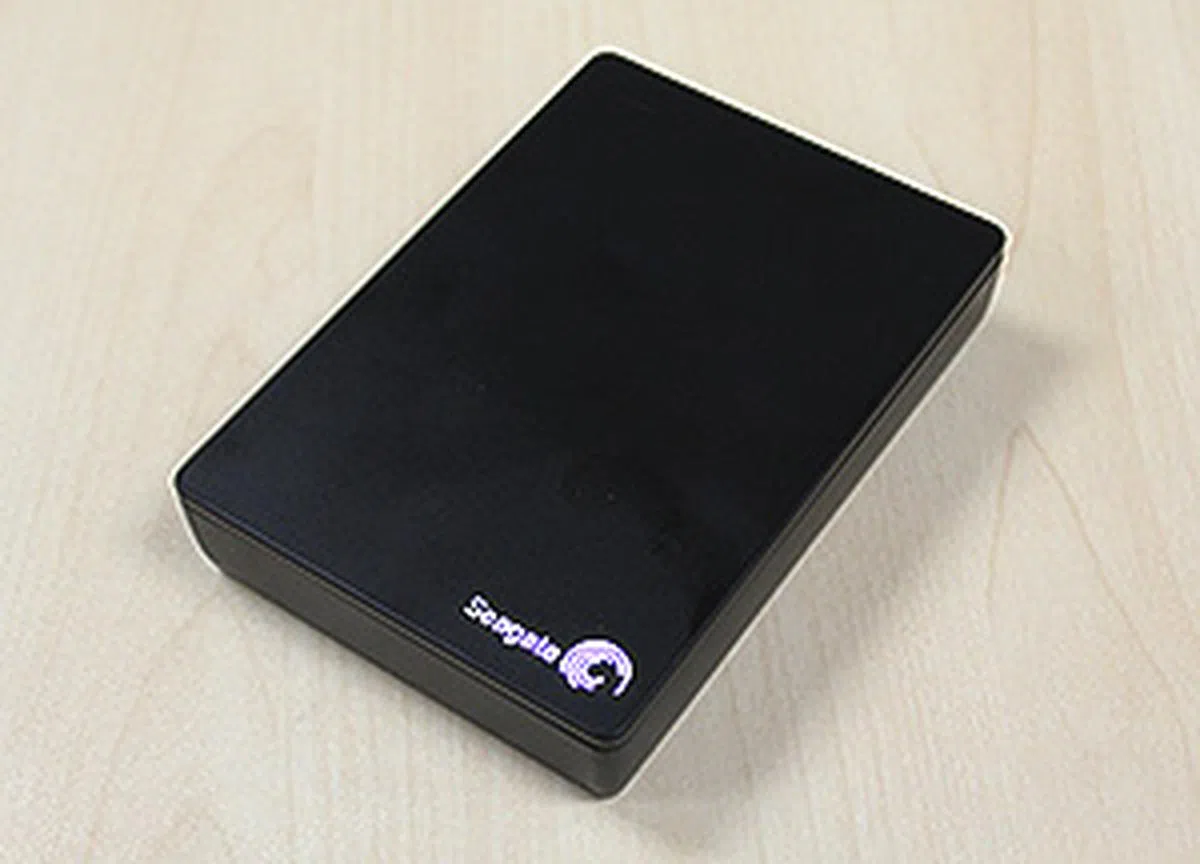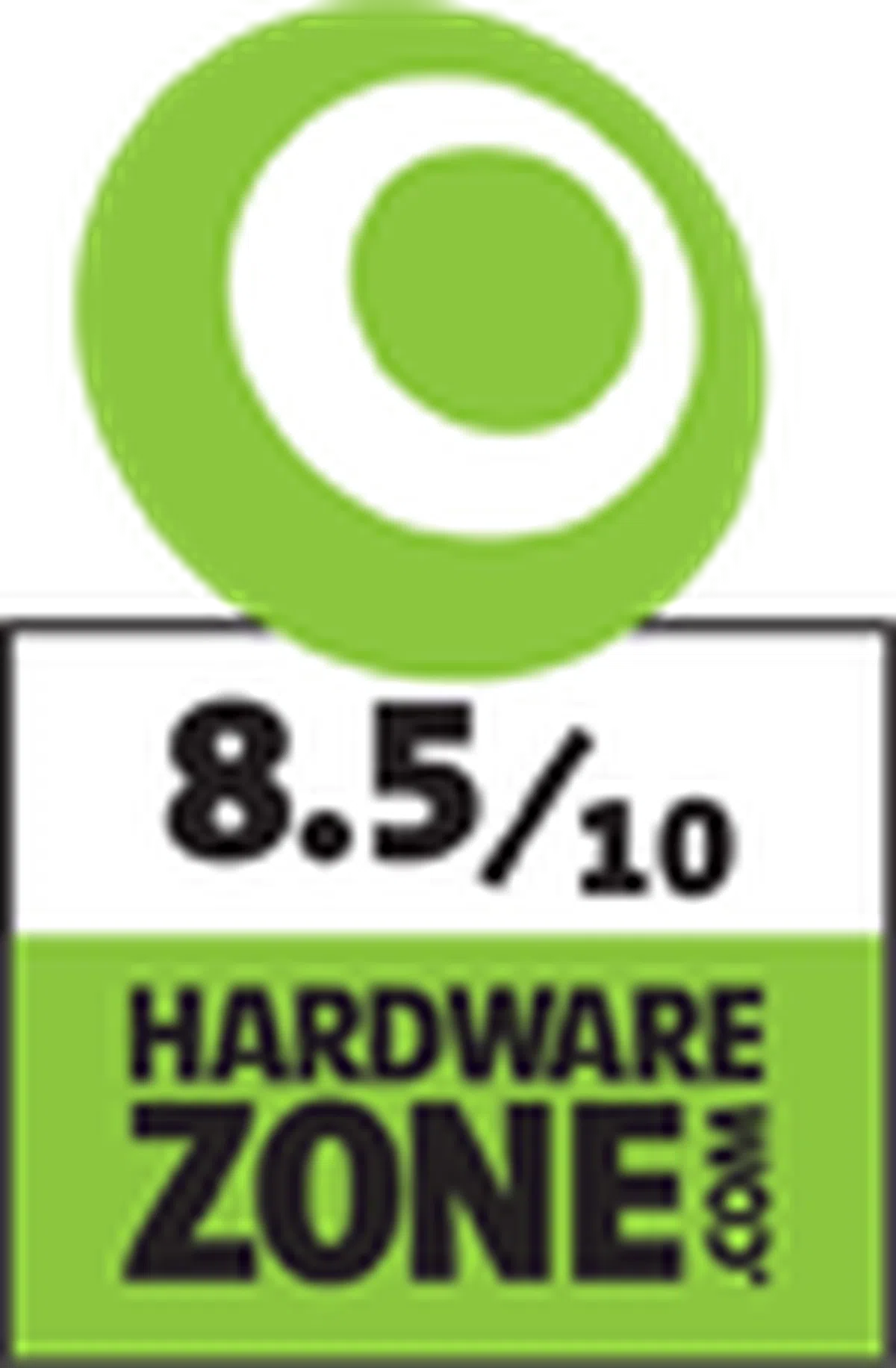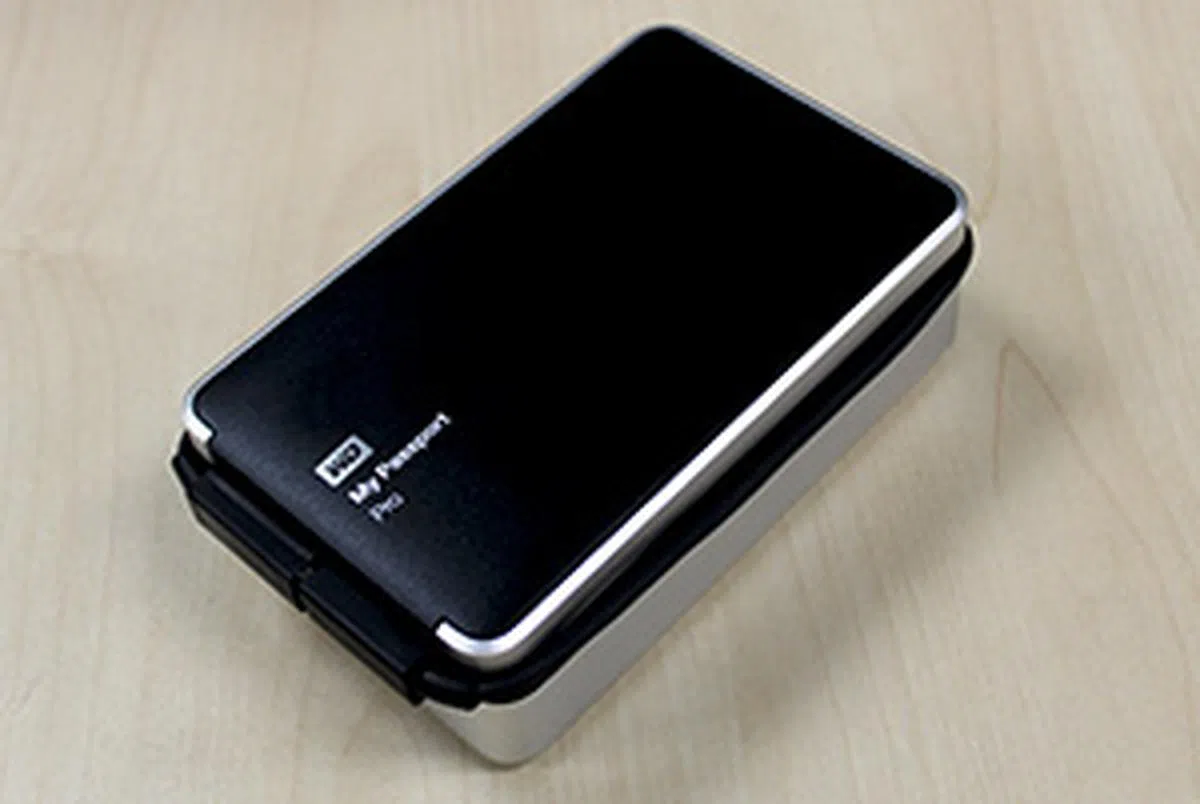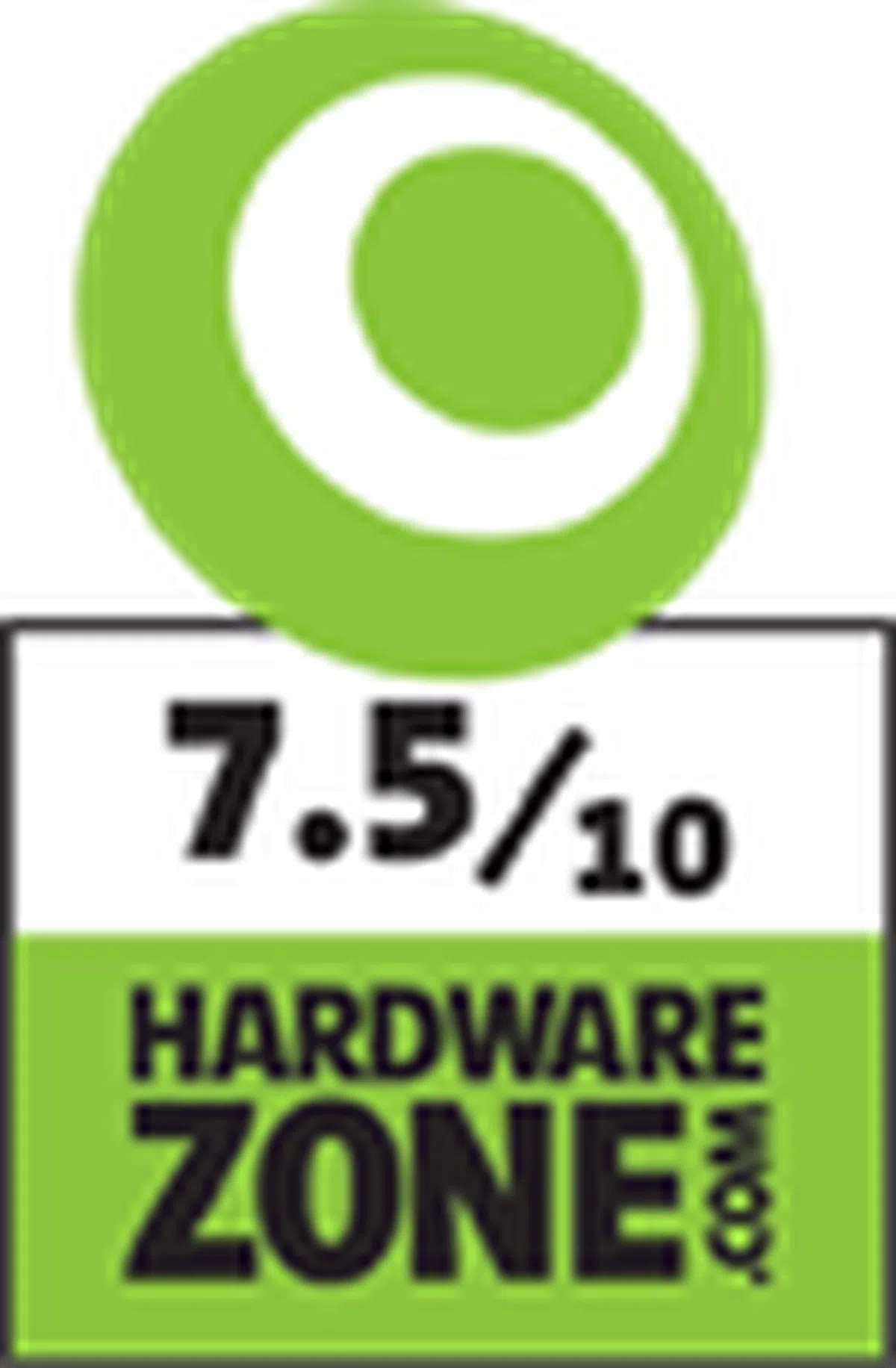Seagate Backup Plus Fast vs. Western Digital My Passport Pro - Battle of the 4TB Giants
Whether by chance or calculated planning, both Seagate and Western Digital recently released 4TB portable external hard disk drives. While Western Digital’s drive offers Thunderbolt connectivity, Seagate is adamant that USB 3.0 will suffice. We pit the two against each other to find out which is better.
By Kenny Yeo -

The new 4TB portable external hard disk drives from Seagate and Western Digital are the latest aimed at satisfying the needs of power users, content creators and enthusiasts.
4TB 'Giants'
Man’s demand for storage is like an unquenchable thirst. Fortunately, hard disk manufacturers are only too happy to oblige. Just recently, both Seagate and Western Digital announced new 4TB portable external hard disk drives, and these drives are true portable hard disk drives in the sense that they do not need to connect to an external power source. How, you might wonder, considering the largest capacity for 2.5-inch form factor drives is currently just 2TB? The answer is obvious: put two of them together.
The Seagate Backup Plus Fast and Western Digital My Passport Pro are the two such 4TB portable external hard disk drives that we are taking a closer look at today and despite the fact that they both offer 4TB of storage capacity, they are actually very different drives in terms of their design, size, specifications, and features. Let’s begin with the Seagate drive.
The Seagate Backup Plus Fast

The Seagate Backup Plus Fast is really a super-sized version of their regular Backup Plus drives.
Seagate has taken the straightforward approach with their latest Backup Plus Fast drive as it is really two regular 2TB drives stacked together in a RAID 0 (striping) configuration. As such, it is considerably thicker and heavier than most portable external hard disk drives - to the tune of around 22mm and 307g, to be exact.
Users might be expecting such a drive to be equipped with faster Thunderbolt connectivity, but Seagate is adamant that USB 3.0 will suffice, stating that USB 3.0’s theoretical throughput of 5Gbps (625MB/s) is more than sufficient, despite the drive’s RAID 0 configuration. Seagate claims that transfer speed of up to 220MB/s is achievable.

The Backup Plus Fast drive comes with a Y-cable with one connector specifically for power.
And because the Backup Plus Fast drive is really two drives in one, the drive is best used with USB 3.0 ports because older USB 2.0 ports might not provide sufficient power. Thankfully, the cable that Seagate provides is a Y-cable with a separate connector for power, so that the drive can still be used with older system even if it means it might take up two USB ports.

The latest Seagate Dashboard app now lets you backup your iOS or Android mobile device.
Finally, as is the case for Seagate external portable hard disk drives, the Backup Plus Fast comes bundled with the company’s excellent Dashboard backup utility. The Dashboard utility recently underwent a major refresh, and now comes with the added ability to backup your iOS or Android device by using the accompanying Seagate Mobile Backup app that is available for both iOS and Android devices.
The Western Digital My Passport Pro

The My Passport Pro's Thunderbolt cable is integrated within the drive itself for added convenience.
On the other corner, the Western Digital My Passport Pro takes a similar approach but with a few notable differences. It is similar in that it uses two 2.5-inch hard disk drives to achieve the 4TB capacity. However, it differs by being considerably thicker and heavier, measuring a whopping 44mm in girth and tipping the scales at over 700g. It even has a small fan to help with cooling.

The My Passport Pro is twice as thick - 22mm vs. 44mm.
In addition, the My Passport Pro drive eschews USB 3.0 connectivity for Thunderbolt. Although Thunderbolt provides a far greater theoretical throughput - 20Gbps in total - it is highly unlikely that even in RAID 0 the two drives will able to fully maximize this throughput. That said, one thing that we do like about the My Passport Pro is that the Thunderbolt cable is integrated into the drive, and can be easily kept away by “wrapping” it around the drive. This makes the drive more convenient to carry around. Unfortunately, there is no additional Thunderbolt port for daisy-chaining, and this limits the drive's usability since Thunderbolt daisy chains need to terminate at a display.

Users can configure the My Passport Pro to operate in RAID 0 or 1 or simply as JBOD.
Also, it is targeted specifically at Mac users and requires the WD Drive Utilties software to work. We tried setting drive up in RAID 0 on a Windows machine and it failed to detect the drive correctly. With the WD Drive Utilites app, users can choose to configure the My Passport Pro drive in either RAID 0, 1 or JBOD modes. The app also lets users run quick diagnostics and tests to see if it is working properly.
Test Setup
Since the My Passport Pro was designed for use with Macs, we used a Late 2013 15-inch MacBook Pro with Retina Display as our test system. Our MacBook Pro has the following specifications:
- Intel Core i7-4850HQ (2.3GHz)
- 16GB DDR3 RAM
- NVIDIA GeForce GT 750M 2GB GDDR5
- 500GB Flash Storage
As a result, we also turned to new benchmarks to evaluate the drives since our usual benchmarks do not run in nor have a Mac equivalent. The two new benchmarks that we used are:
- AJA System Test
- Blackmagic Disk Speed Test
To complement the benchmarks, we will also be conducting a timed run to see how long it takes to transfer around 15GB worth of videos, music, and photos. We added results from the Western Digital My Passport Slim, winner of our Tech Awards 2014 Best 2.5-Inch Portable External HDD category to act as a baseline reference.
Performance
Looking at the graphs for AJA System Test and Blackmagic Disk Speed Test, it is clear that the Seagate Backup Plus Fast was the quicker drive, by around 10% to 15% overall. In our file transfer timing test, it was about 18 seconds or 20% faster, which is significant. This goes to show that for mechanical hard disk drives, even in faster RAID 0 configuration, the USB 3.0 interface provides more than sufficient bandwidth.
That said, we were interested to find out why the Western Digital My Passport Pro was considerably slower. Upon further investigation, we found that the drives in the My Passport Pro actually spun slower at 5200rpm instead of the more common 5400rpm. This could have explained why it was consistently slower than the Seagate Backup Plus.
Obviously, both drives were significantly quicker than a regular 1TB 2.5-inch portable external hard disk drive such as the Western Digital My Passport Slim.



Conclusion
Although both drives offer 4TB of storage, their performance as well as features and price differ quite greatly. The Seagate Backup Plus Fast is appreciable faster and with a recommended retail price of S$449, it is also significantly cheaper. And at this price, it costs about twice as much as a typical 2TB 2.5-inch portable hard disk drive, so it is not excessively pricey. It is also complemented by Seagate’s excellent Dashboard backup utility that now also offers backup of your iOS and Android devices. Also, unlike the Western Digital My Passport Pro, the Backup Plus Fast works on both PCs and Macs. All in all, it is a competent package.
However, users do need to take note of a few things. For one, you need USB 3.0 connectivity to take advantage of its speed. Additionally, be prepared to sacrifice up to two USB ports if yours does not provide it with enough power (there's no power jack to connect to a wall socket). This is very likely the case if you intend to use it with an older system that only has USB 2.0 connectivity. Finally, it is by default configured in RAID 0 and this cannot be altered, and what this also means that if one of the two drives fail, you will lose all your data.

If you need loads of storage on-the-go, these two drives are your best bet.
Recommending the Western Digital My Passport Pro is a bit harder considering it's slower and significantly more costly at S$699, though there is a smaller 2TB version that's retailing for S$499. However, the My Passport Pro is really for power users and enthusiasts. Its ability to be configured in RAID 0, 1 or JBOD gives it extra versatility. Users can configure it in RAID 0 for performance, or in RAID 1 for extra security and redundancy.
Sadly, it is let down by the fact that it only has a single Thunderbolt connector, which means it cannot be daisy-chained. This could prove to be problematic to certain MacBook systems which rely on Thunderbolt for video output and only have a single Thunderbolt port - such as this reviewer’s Late 2011 15-inch MacBook Pro. However, for users with no use for their Thunderbolt ports, the My Passport Pro will be much welcomed - especially MacBook users since they typically only have two USB ports that may already be taken up by other devices.
All things considered, Western Digital’s decision to go with offering Thunderbolt connectivity is really a double-edged sword, but it really would have been ideal if they had provided the My Passport Pro (or offered a model) with two Thunderbolt ports so that it can be daisy-chained.
At the end of the day, which one of these drives is right for you depends very much on your personal needs and requirements. The Seagate Backup Plus Fast is OS-agnostic, more affordable and faster, whereas the Western Digital My Passport Pro offers greater flexibility and redundancy, but at a much higher price.
Our articles may contain affiliate links. If you buy through these links, we may earn a small commission.



